A legend goes: In the distant past, Raktabahu was a pirate king, who had a plan to rob the Jagannath Temple at Puri. He arrived at the coast of Odisha with a huge fleet of ships. Assessing his wicked intention, the seawater moved backwards, making anchoring impossible for the pirate army. Out of anger, Raktabahu attacked the sea, which in turn washed him away with a part of it. That detached part of the sea according to local belief is the Chilika Lake of today.


Satpada in the northern part of Chilika is believed to be the place where Raktabahu had arrived. A meeting point of rivers, rivulets, fishing villages and Irrawaddy dolphins at Satpada, nature has created one of its best magnum opuses. Shredded in mysteries, the land has a deep connection with Jagannath Cult.
Also, Read Here:

According to a legend, the daughter of the king of Kanchi was engaged to the Gajapati King of Puri. When the king of Kanchi met the Gajapati, the later was in the act of sweeping in front of chariots of Lord Jagannath, Lord Balabhadra and Devi Subhadra. Considering the act of sweeping offensive of a king the king of Kanchi declined the marriage proposal refusing to marry his daughter to a sweeper.
Gajapati Purusattama Dev felt deeply insulted and decided to rage a war against the Kanchi King. However, he was unsuccessful.
Travel Tips
Satpada is located at a distance of 45 km from Puri in the southern direction and 100 km from Bhubaneswar. There are a few budget staying options at Satpada including the OTDC Yatri Nivas. However for a unique experience tryout Nature Camp at Rajhans Beach. The package includes overnight stay, food, boat pick up and drop from Satpada, nature trek and dolphin sightings. If you don’t want stay, you can hire a 3-hour boat ride from OTDC counter at Satpada for dolphin sightings and a brief halt at Rajhans. While at Satpada, try out the local seafood delicacies, which includes crabs and prawns.
Upon his defeat, the Gajapati King returned to Puri and prayed Lord Jagannath. Moved by his prayer, Jagannath and Balabhadra left their temple at Puri and started an expedition to Kanchi on horseback. Near Satpada, they felt thirsty and chanced upon the milkmaid Manika, who gave them yoghurt to quench their thirst. Instead of paying her dues, Balabhadra gave her a ring telling her to claim her dues from king Purusattama Dev. At Adipur, near Satpada, Manika stopped the king pleading for the unpaid cost of yoghurt. She produced the gold ring as evidence. Considering this a sign of divine support of his campaign, the king enthusiastically led the expedition and defeated the Kanchi King. After the victory, the Gajapati King brought back the princess Padmavati to Puri and married her during next Rath Yatra before the idol of Lord Jagannath.
Also, Read Here:
Satpada today is a traveller’s paradise mainly for the 100 odd endangered Irrawaddy dolphins that are sighted in the tranquil blue water here. Irrawaddy dolphins are a critically endangered species having a bulging forehead and 12 to 19 teeth on each side of both jaws. They are also found in Mekong River and Borneo. In Mekong River, they are regarded as sacred animals by both Khmer and Lao people.







Dolphins at Satpada are best sighted in the morning before its placid water bed gets crowded by tourists.




Satpada has plenty of charms for a curious traveller. It is a wonderland for those interested in fishing and discovering the life of fishermen.



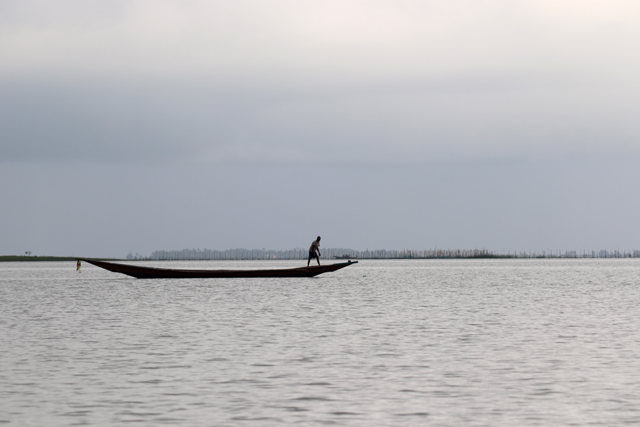



Asia’s largest brackish water lake Chilika has an abundance of crabs, prawns and a variety of fish. Nets and traps are the common gears used for fishing in the brackish lake. While nets are used to harvest fish, traps are used for prawns and crabs. The fishing boats are plank-built flat bottomed ones known as naha.



Among the traps, bamboo traps are most common. An essential accessory to these traps is thette, which is a bamboo screen measuring 40 ft x 4 feet and serves as a pathway for prawns to move in the directions of traps. They are generally set in the lake in the evening and removed in the morning when the catch is taken out. Traps are completely dried before resetting in the evening.


Satpada is a timeless romance. A one and half hour boat ride transport you into a noman’s beach amidst the wilderness of the coastal forest and miles and miles of sandy beach. The beach is Rajhans, where time seems to have taken a halt.


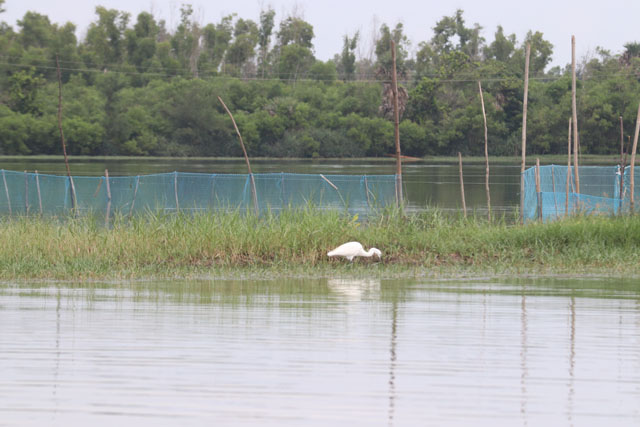
The one and half hour boat journey one way is filled with excitement at every turn. You pass by many scenic villages and fishermen engaged in various stages of fishing. Cormorants and Brahminy Kites eyeing for fish sitting on bamboo posts add icing on the cake to your journey. For a moment you become the king of an untamed water territory and your subjects are not humans, but elements of nature, birds and fish.
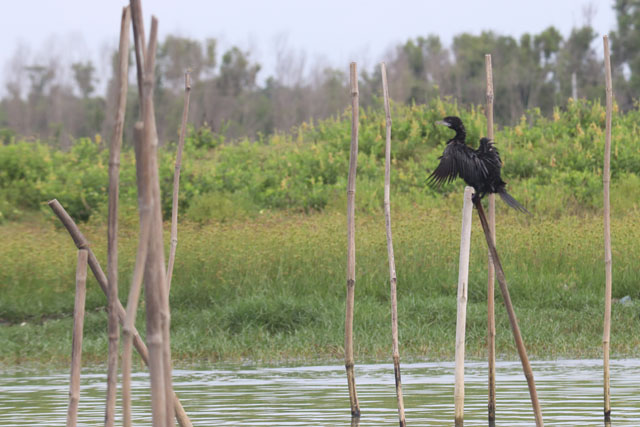
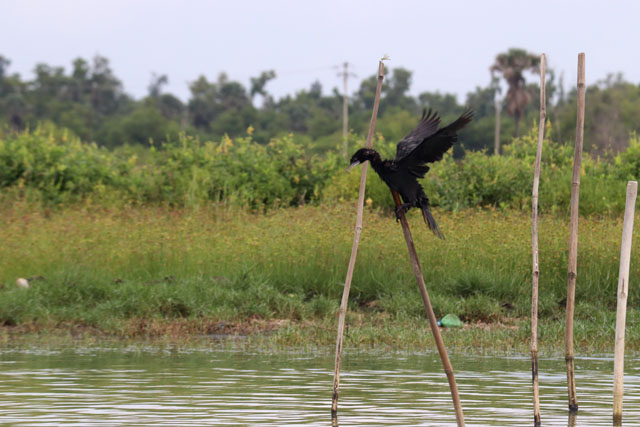



Author – Jitu Mishra
He can be contacted at jitumisra@gmail.com














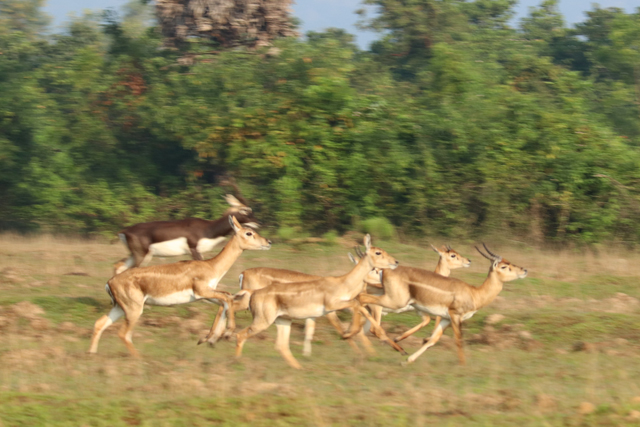





































































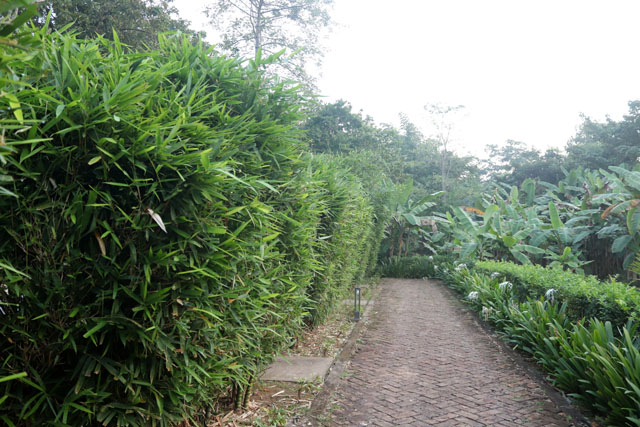
































































































































































































 Svetlana is a mother, writer, entrepreneur, traveler, foodie and an animal lover. An ex-flight attendant living in Cairo, Egypt, she has explored more than 35 countries as a solo woman traveler. Experiencing and exploring are her passion and she loves to tell stories. More about Svetlana here:
Svetlana is a mother, writer, entrepreneur, traveler, foodie and an animal lover. An ex-flight attendant living in Cairo, Egypt, she has explored more than 35 countries as a solo woman traveler. Experiencing and exploring are her passion and she loves to tell stories. More about Svetlana here: 

































































